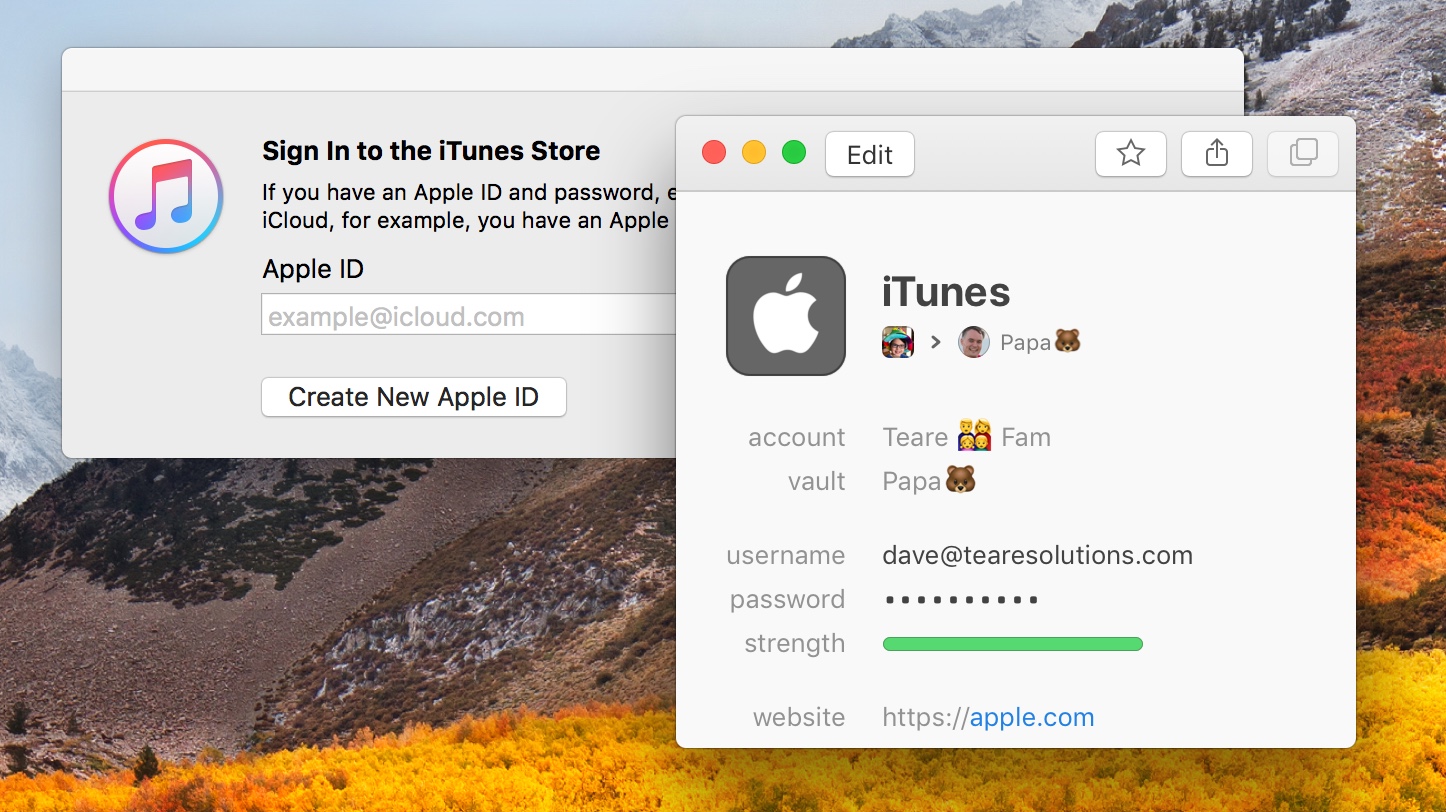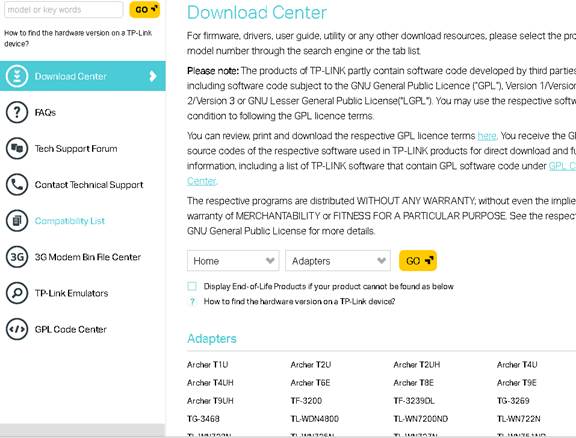

- EXAMPLE OF FILLING OUT POP FOR INTERNET MAC G4 HOW TO
- EXAMPLE OF FILLING OUT POP FOR INTERNET MAC G4 UPDATE
- EXAMPLE OF FILLING OUT POP FOR INTERNET MAC G4 PASSWORD
- EXAMPLE OF FILLING OUT POP FOR INTERNET MAC G4 PC
If you use to access an account that uses a domain other than or you might not be able to sync your accounts using IMAP.
EXAMPLE OF FILLING OUT POP FOR INTERNET MAC G4 HOW TO
Select This was me to let the system know you authorize the IMAP connection.Īttempt to connect to the account via your IMAP client.įor more information on how to use the Recent activity page, go to What is the recent activity page?

Under Recent activity find the Session Type event that matches the most recent time you received the connection error and click to expand it.
EXAMPLE OF FILLING OUT POP FOR INTERNET MAC G4 PASSWORD
Go to /activity and sign in using the email address and password of the affected account.
EXAMPLE OF FILLING OUT POP FOR INTERNET MAC G4 UPDATE
We’re working on a fix and will update this article when we have more information. Not everyone follows the Apple HIG (sometimes not even Apple themselves).You may receive a connection error if you configured your account as IMAP in multiple email clients. Of course, a lot of Applications actually do quit when you close all their windows. Getting to it is very fast too, all you have to do is fling your cursor to the top of the screen. You always know where your menubar is, no matter what application you are in. Not to say that having a global menu bar affixed to the top of the screen is simply a historical artifact. You could very well want to close all your windows without quiting the program you are in. Load times for applications were slow, especially since the first macs had no hard drives and loading everything off floppies. In the early versions (up through System 5, I think), only one application could be open at a time, so windows that belonged to different applications never existed on the same screen at once. It might help to know the history of Mac OS. It bugs me (even though, like I said, I’m a Mac-lover). – In at least one (GarageBand), when you close the last window (which, in this case, is a song file), you get an “open” dialog making you open another song. – In some, when you close the last window, the app quits. – In most applications, you can close all window, but the app remains running. GarageBand presents yet another paradigm: when you close the window in it, a mandatory open dialog box pops up, forcing you to open another file. Address Book comes to mind as one I think quits when you close the window (but like I said, I can’t verify that right now).
EXAMPLE OF FILLING OUT POP FOR INTERNET MAC G4 PC
I’m at a PC right now and can’t name them off the top of my head, but they do exist, and many of them are even Apple’s own programs. There are some apps that definitely quit when you close the last (or only) window. I think there are advantages to both system and don’t necessarily favor one over the other - what bugs me about Apple’s setup is that it’s not consistenent. On Mac, when you close the one Window, Thunderbird keeps running - just without a present GUI. There is only one windw - and thus, no “inner” and “parent.” On Windows, when you close the one window, Thunderbird is quit.

The difference, though, is in single-window applications. I got so used to it that the above mentioned “problem” is no longer an issue… The workaround: I use Butler, setting a simple shortcut – F1 in my case – to quit the front application. Unfortunately an OSX version was never released and honestly I still miss it sometimes. You could even set the applications it should quit on window close and which not, even with confirmation messages.

Otherwise I would only be able to minimise the window and thus filling up my dock with minimised windows.īut, admittedly, there are a lot of other applications that I would just like to quit completely as soon as the last window is closed, just like on a PC.īack on OS9 there used to be an incredibly smart thing called “QuitIt”, which was a freeware application which did just that. I can close my iTunes window without the music stopping. I know that – especially for used-to-be PC users – this seems to be a strange concept, but actually I like the fact that e.g. The idea behind it is that you can simply close any window without having the application quit. I have know the “problem” ever since I’ve bought my first Mac, which was running OS9.


 0 kommentar(er)
0 kommentar(er)
